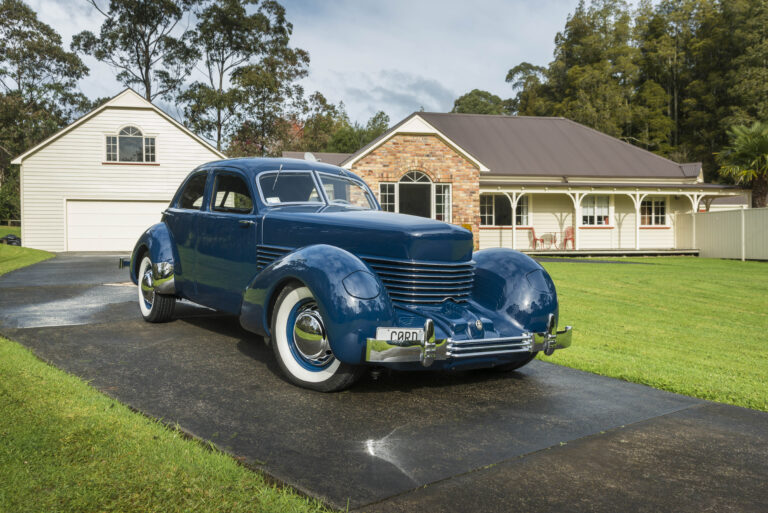data-animation-override>
“In the wake of Sir Jack Brabham’s recent passing, Michael Clark pays tribute to one of the all-time great motor-racing personalities”
Sir Jack Brabham passed away a matter of days ago as I write this, and, quite naturally, the focus of the subsequent tributes was on his three world championships, the fact he was the first man to take the title in a rear-engined car, and the first, and almost certainly only, driver ever to win in a car carrying his name. His massive role in the careers, and lives, of both Bruce McLaren and Denny Hulme also received the coverage it deserved, and many of us were reminded of just how many times we watched National Formula or Gold Star races in New Zealand, in which damn near every car in the race carried the name ‘Brabham’ on the nose cone.
In his quiet, undemonstrative way, Jack Brabham had an influence on so much of what many refer to as the ‘golden age’ of motor racing. Indeed, Brabham racing cars were central to the careers of many of our brightest drivers from that period, with championships to Roly Levis, Jim Palmer, and Graeme Lawrence. As well, while David Oxton, Andy Buchanan, Graham McRae, and John Nicholson weren’t driving Brabhams when they won other championships, all of them drove the ‘BT’ cars on their respective paths.
Inauspicious beginnings
Brabham could have easily jacked in any chance of an international career after his first foray in 1955. He arrived in England with his Cooper-Bristol but had left his wife and four-year-old son behind in case it didn’t work out. The campaign was not only unsuccessful, but it didn’t even hint at much in the way of promise. He made his world-championship debut at Aintree in a lash-up he’d put together, a single-seat sports car with a rear-mounted 2.0-litre Bristol engine. This race was the British Grand Prix that Jack’s future adversary Stirling Moss won — his first — with Juan Manuel Fangio in his wheel-tracks for a famous Mercedes one-two.
Brabham’s Cooper had been outclassed, so he shipped it home and won the Australian Grand Prix with it.
That abortive season in England hadn’t broken him, and he returned for 1956, which started off even worse — leading him to ask Charles Cooper for a works drive for the new Formula 2 category, only to be told, “You want a drive, boy? All right then, you can drive the transporter.” And so he did.
Jack was tenacious. He was soon pedalling a 1.5-litre Climax-powered Cooper and achieved enough results to return in 1957. It was becoming clear to Cooper that Brabham had the driving skills to match his technical ability. By June, he was winning regularly, and he brought an F2 car to New Zealand for the 1958 Grand Prix. In the back was a Climax he’d enlarged himself to 2.2 litres — Jack wasn’t just a chassis man; he could engineer the whole car. A rear-engined car had never won at Ardmore, but the shrewd game-changer paved the way with the first of three New Zealand International Grand Prix victories. He was fourth at Monaco, but the rest of 1958 was littered with frustrating retirements in Formula 1 (F1), although teammate Roy Salvodori finished fourth in the world championship, hinting that rear-engined cars might have a future in F1 after all.
Oval challenge
Photo: Bruce McLaren Trust
After winning the world championship in 1959 and 1960, the change in regulations meant that Cooper had little chance in F1, but a new challenge beckoned — in 1962, Dan Gurney invited Colin Chapman to Indianapolis. The Lotus boss might have been horrified with the dinosaur-like Indy roadsters, but the huge purse got him thinking. Jim Clark came achingly close to winning in 1963 and changed the shape of a winning Indy 500 car forever when the Scot won for Chapman in 1965. But who had paved the way?
After a test session on the fabled oval, Brabham and Cooper had modified their F1 design, the Climax was stretched to 2750cc and, in 1961, off they went. The old guard mocked. AJ Foyt would win the first of his four Indy 500s that same year, but his reaction to the tiny, lightweight invader was that it looked like a — “bunch of pipes lashed up with chicken wire — I wouldn’t drive one of them no matter what”.
When Brabham qualified 13th, the sneers weren’t so audible, as the British-built car astonished observers with its speed through the turns. The world champion finished ninth, showing just what could happen with a lighter car that was easier on tyres and fuel.
The next time Jack raced at Indy, 50 years ago, was in an Offenhauser-powered Brabham, but for his final two appearances, in 1969 and 1970, the Brabhams were Repco powered which, sadly, meant he was never a serious contender.
Of course, Repco power had proven much more successful in F1 when the Oldsmobile-based engine helped Jack towards his third title in 1966 — although he wasn’t, as many like to record, in a car of his design.
Ron Tauranac was the designer, but there is no doubt Jack was ‘involved’ — being a world champion and then a successful racing-car manufacturer hadn’t stopped him taking an interest or getting his hands dirty. Far from it. Nor had he stopped winning. He was runner-up to his teammate, Denny Hulme, in the 1967 title chase, but there was nothing doing in the final year of the Repco F1 engine in 1968.
With Cosworth power, the Brabhams looked better in 1969, and his new teammate, Jacky Ickx, was a distant second in the championship with two wins. Jack had some good runs, but surely his days in the sun were over. Jack Brabham had been written off before — a staggering 15 years before, in fact. He won the 1970 season opener and, at 44, could have been world champion again in what he had decided was his final season.
Photo: EPA
What a huge shadow he had cast across motor racing. There were more talented drivers — there were perhaps some smarter minds, and possibly even some better engineers — but no one had all these attributes wrapped up in one package. And, apart from a couple of exceptions, Jack Brabham finished a long and successful career without hurting himself.
He was a genuine great — on so many fronts.


